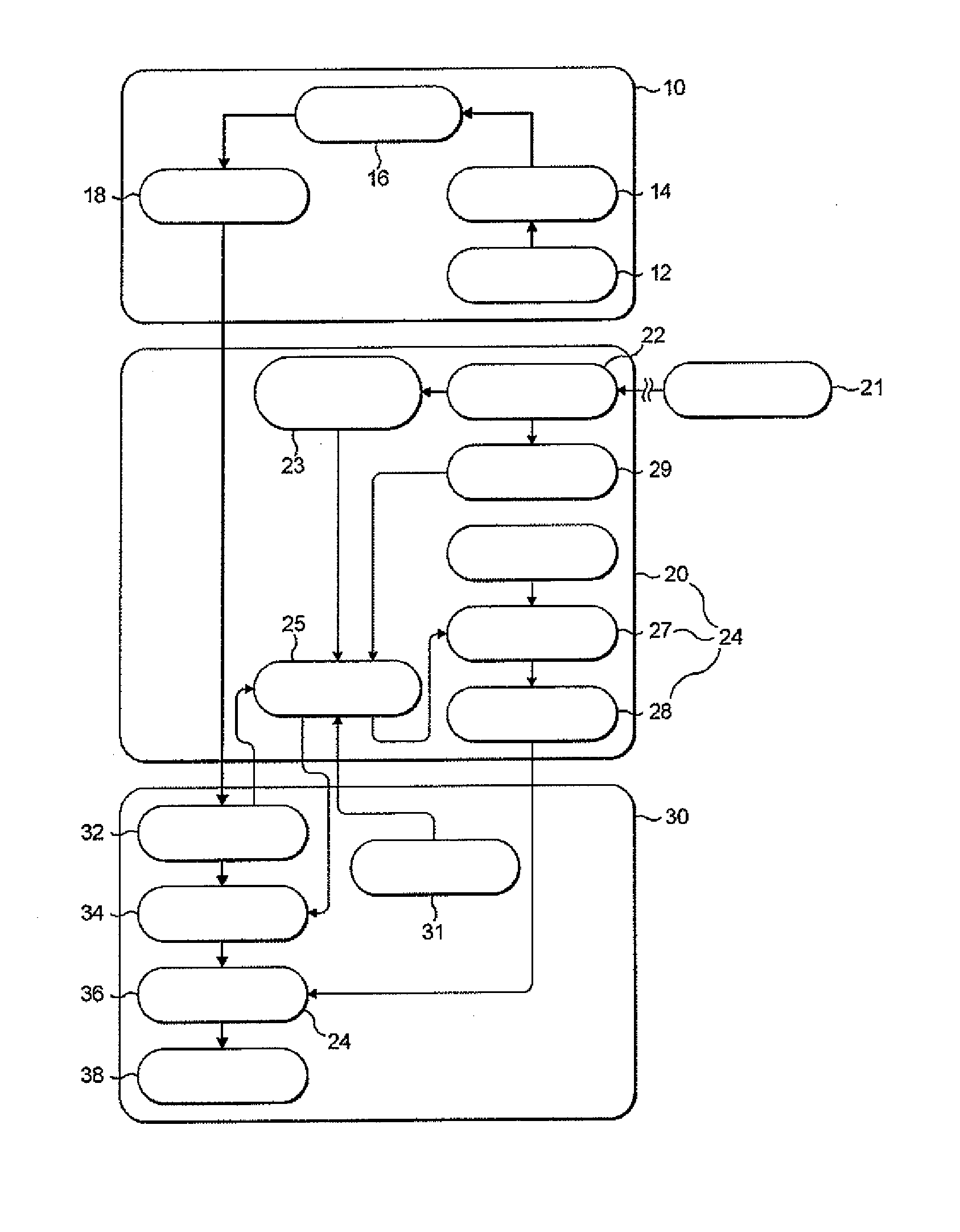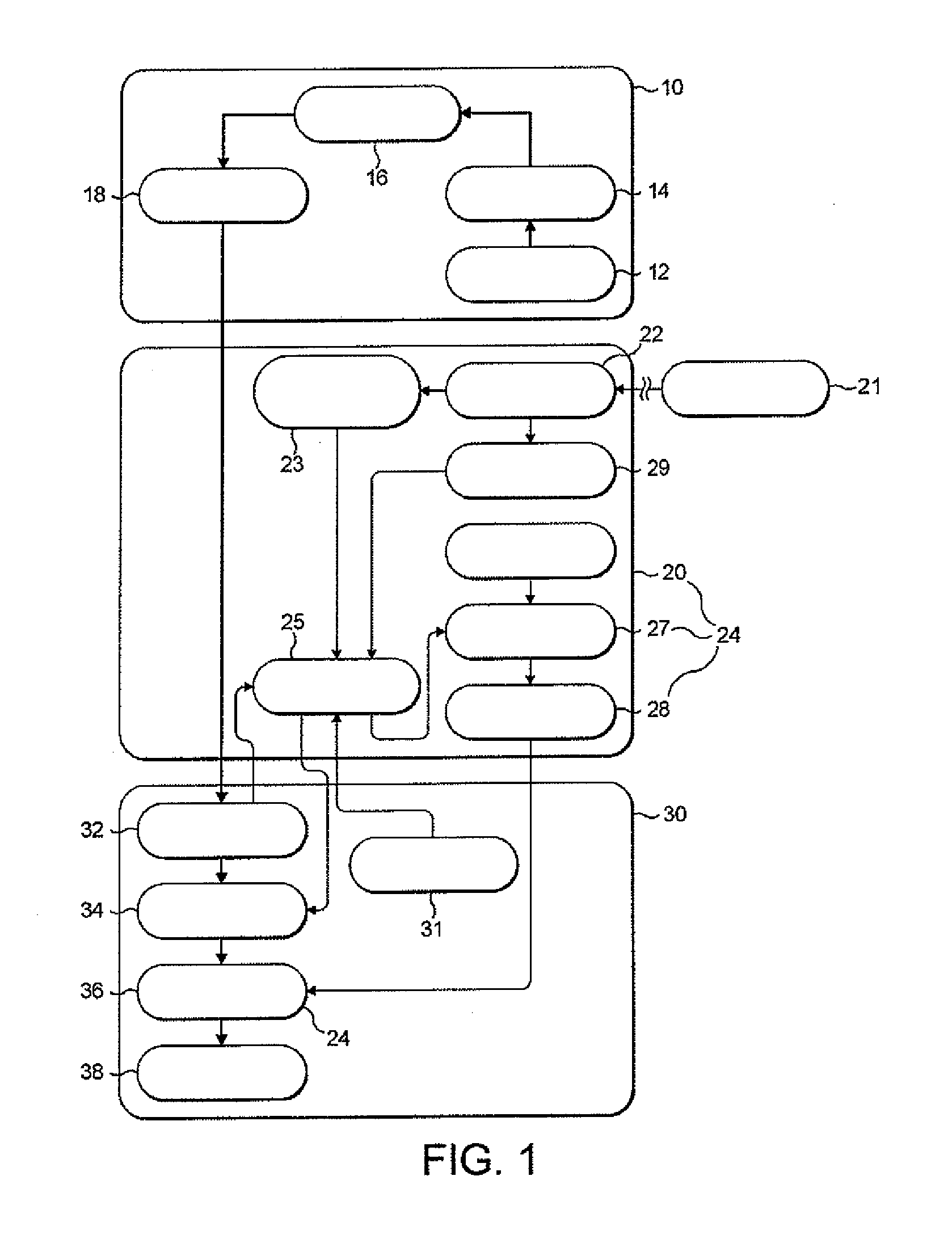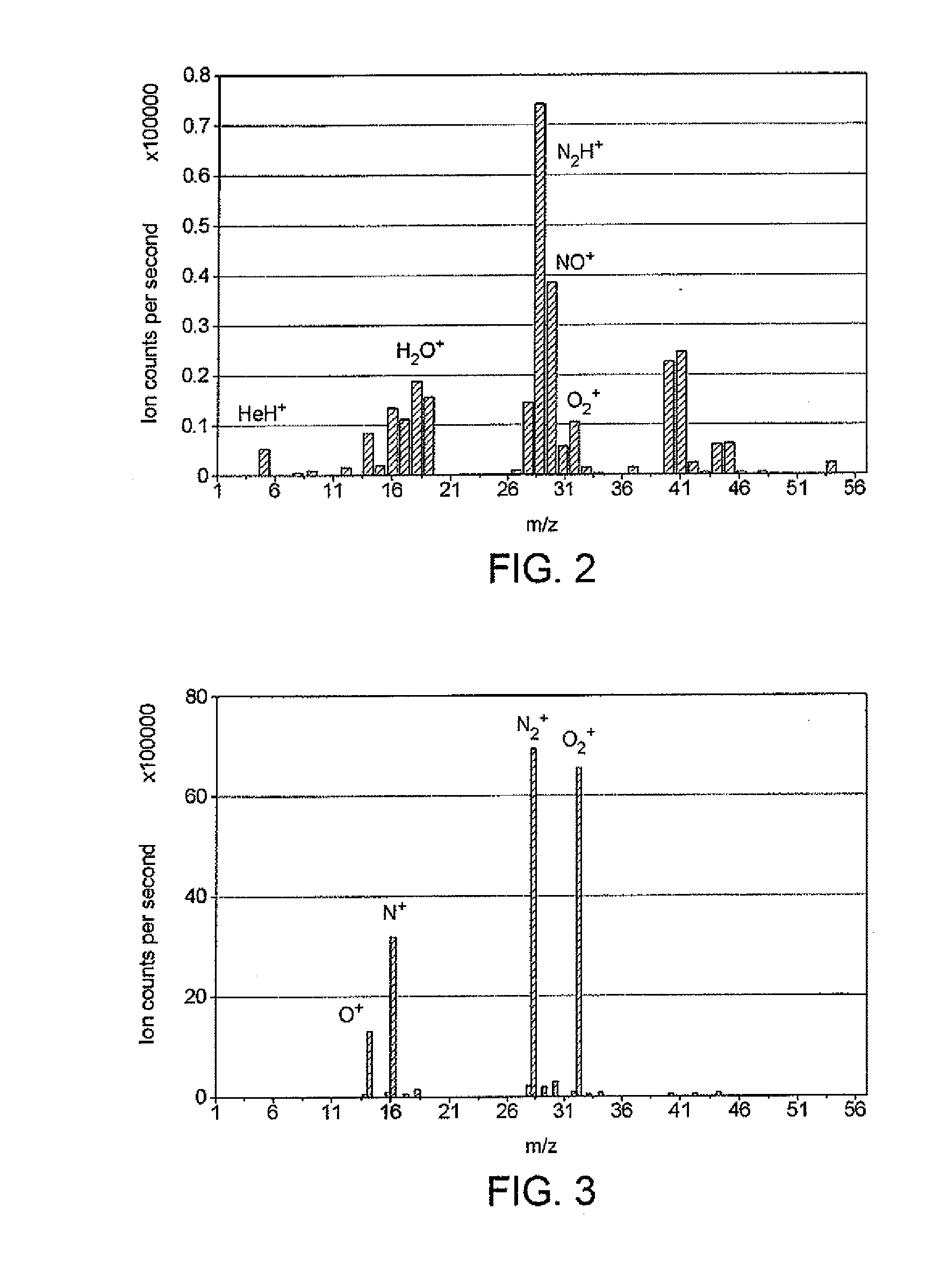Gas treatment methods
a treatment method and gas technology, applied in the field of gas treatment methods, can solve the problems of not being able to effectively and simply carry out the treatment method, not being able to form the plasma in the oral cavity itself, and not being able to be particularly effective oral treatment agents, etc., and achieves the effect of reducing the total number of ions and high ionisation energy
- Summary
- Abstract
- Description
- Claims
- Application Information
AI Technical Summary
Benefits of technology
Problems solved by technology
Method used
Image
Examples
example 1
Comparative
[0072]In this example, the ionic species were counted by the mass spectrometer when the plasma generator was operated with pure helium as the gas subjected to the electric (glow) discharge. In short, no ions in the helium plume were detected by the mass spectrometer. This result indicates that helium ions formed in the plasma generator have a very short half life. The absence of ions occurred when the mass spectrometer had a closed coupling to the plasma generator, and when it had an open coupling thereto.
[0073]When the apparatus was operated with a closed coupling between the mass spectrometer and the plasma generator and a bias of +15 volts was applied to the sample aperature of the mass spectrometer, a few ions were detected, the most abundant species being N2H+ and NO+, but at a level from one to two orders of magnitude less than in subsequent experiments in which the plasma gas was a mixture of helium and an ionisation-sustaining gas. FIG. 2 shows the resulting mass ...
example 2
[0082]Experiments were now performed substituting mixtures of helium and air for the pure helium fed to the plasma generator. FIG. 3 shows the spectrum for a mixture of 99.5% helium, 0.5% air (by volume) when the flow was 41 / min., the current drawn was 0.8 A, and the mass spectrometer was close coupled to the plasma generator. Distinct peaks were observed for atomic weights 14, 16, 28 and 32 corresponding to N+, O+, N2+ and O2+. The ion counts per second at these peaks were substantially greater than those shown in FIG. 2.
example 3
[0083]Example 2 was repeated, but with the mass spectrometer making an open coupling with the plasma generator and with a mixture of 99.8% helium, 0.2% air (by volume) substituted or the gas mixture of Example 2. Now, in addition to the peaks attributable to monatomic and diatomic cationic oxygen and nitrogen species, there are peaks attributable to H3O+ and (H2O)2H+, indicating that water vapour present in ambient air has been entrained by the partially ionised gas at the entrance to the mass spectrometer. Experiments were performed at flow rates of 0.5, 1, 2 and 4.02 litres per minute. FIG. 4 shows the spectrum from each experiment. At each atomic or molecular weight at which a species is detected, the results were presented in the order, left to right, of 0.5, 1, 2 and 4.02 litres per minute. The highest counts of the species N+, O+, N2+ and O2+ were detected at 2 litres per minute, whereas the highest counts of the species H3O+ and (H2O)2H+ were detected at 0.5 litres per minute...
PUM
 Login to View More
Login to View More Abstract
Description
Claims
Application Information
 Login to View More
Login to View More - R&D
- Intellectual Property
- Life Sciences
- Materials
- Tech Scout
- Unparalleled Data Quality
- Higher Quality Content
- 60% Fewer Hallucinations
Browse by: Latest US Patents, China's latest patents, Technical Efficacy Thesaurus, Application Domain, Technology Topic, Popular Technical Reports.
© 2025 PatSnap. All rights reserved.Legal|Privacy policy|Modern Slavery Act Transparency Statement|Sitemap|About US| Contact US: help@patsnap.com



